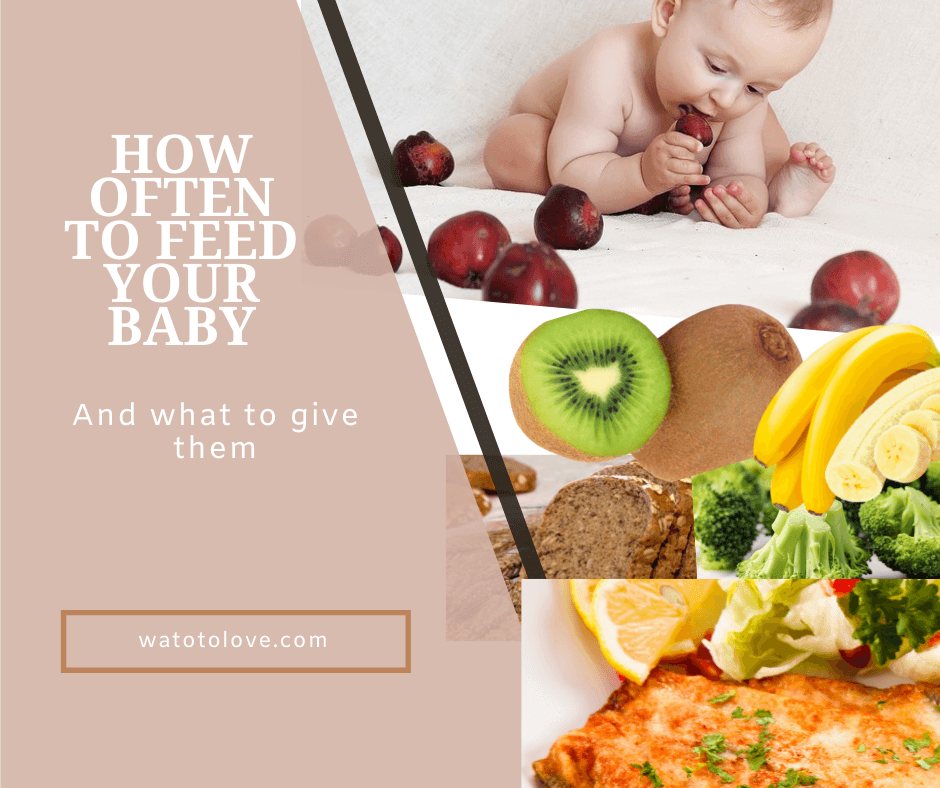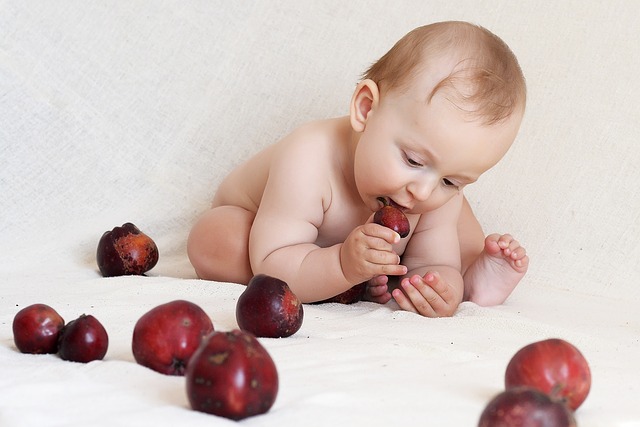Toddlers are children who fall under the age group of 1 to 3 years. The stage is named after the term toddling, or the way a child moves when they first learn how to walk. Toddlers are transitioning from soft foods to adult foods, and you need to be gentle and keen in feeding them. But, exactly how often should a toddler eat? What nutrition should you consider to keep up with their energy needs? Let’s find out.
Table of Contents
How often should a toddler eat?
Depending on your toddler’s age and activity level, they should eat or drink every 2 to 3 hours, or 5 to 6 times a day. At this age, your child should be eating three healthy meals a day and one or two snacks in between. They require about 1000-1400 calories in a day to meet their energy needs.
Secondly, whether the child is sick or in good health is another factor to consider in determining the number of feeds to give them.
Good nutrition provides your child with what they need for health, growth, and energy for playing, learning, and moving. You need to give your toddler a variety of foods from the different food groups. For this reason, offer them foods that have different colors, textures, and tastes to avoid making mealtime a battle. Fortunately, toddlers can eat the same food as the rest of the family.
Nutrition requirements for a toddler
You have the task of deciding what food to offer the child and when they should eat it. To make work easier for you, let the child decide which foods to eat and how much they will eat. You can do this by observing what foods they like most and which ones they don’t seem to like at all.
So, what type of foods should you give to a toddler?
- Proteins-Proteins help bodybuilding cells break down food into energy, carry oxygen, and fight infections. Foods high in protein include eggs, beans, seeds, all types of meat, and dairy products.
- Carbohydrates -Also known as starch, these are the body’s primary energy source, helping a child’s body use fat and protein to repair and build tissues. Foods in this group include whole grain, cereals, pasta, rice, and potatoes.
- Fats– Fats are an excellent source of energy and are easily stored in the body. They help the body use some of the other nutrients it needs appropriately. Foods that contain fats include fish, meat, nuts, cooking oils, and whole-milk dairy products.
- Calcium– Calcium is essential in building a child’s healthy bones and teeth. It also supports healthy heart function, muscle growth, and blood clotting. Foods high in calcium include egg yolks, yogurt, broccoli, tofu, spinach, yogurt, cheeses.
Children need 700 milligrams of calcium and 600 IU of vitamin D, which helps in calcium absorption. To meet this, you need to offer two servings of dairy foods. You may need to offer vitamin D supplements to meet the vitamin D requirement.

Other foods to feed your toddler
- Vitamin C– Vitamin C helps to strengthen the child’s immunity and fight off infections. It helps hold body cells together, heal wounds, build strong bones and teeth, and strengthen the walls of blood vessels. Foods rich in vitamin C include melons, citrus fruits, spinach, papaya, mangos, tomatoes, and strawberries.
- Vitamin A – Vitamin A helps maintain healthy vision, supports your immune system, and maintains healthy bones. Carrot, squash, apricots, cabbage, fish oils, egg yolks, sweet potatoes, and broccoli are some of the foods rich in vitamin A.
- Fiber – Fiber helps produce bowel regularity in your child. It helps prevent cases of constipation and stomach pains. Foods you can feel your child high in fiber include chickpeas, seeds, nuts, kidney beans, and whole-grain cereals.
- Iron – Your child’s body requires iron to make hemoglobin. This is a protein in the red blood cells that helps transport oxygen from the lungs to all parts of the body. Foods containing high iron levels include nuts, beans, iron-fortified cereals, spinach, shellfish, poultry, red meats, and liver.
According to Elizabeth M.Ward, you can feed your child following this toddler chart.
| Food Group | Daily Servings,12-24 months | Daily Servings,24-36 months | Serving size examples |
| Grains | 3, at least half from whole-grain sources | 5, at least half from whole-grain sources | One slice of whole-grain bread; 1 mini bagel; 1/2 cup cooked pasta, rice, or cereal; 1 cup ready-to-eat cereal |
| Fruits | 1 | 1 1/2 | One small apple; 1 cup sliced or cubed fruit; 1 large banana |
| Vegetables | 1 | 1 1/2 | 1 cup cooked mashed or finely chopped vegetables, including legumes (chickpeas, black beans, etc.) |
| Protein | 2 | 2-4 | One cooked egg; 1 ounce cooked meat, poultry, or seafood; 1 tablespoon nut butter; 1/4 cup cooked legumes |
| Milk | 2 | 2 | 1 cup milk or yogurt; 2 ounces processed American cheese; 1 1/2 ounces natural cheese, such as cheddar (low-fat for ages two and older) |
Points to consider when feeding the child
1. Feeding a picky eater
Many toddlers are picky eaters. They may have less appetite because their growth tends to slow at this age. It will help if you respect your child’s appetite or lack of one. If they are not hungry, do not force a snack or meal. Instead, offer them a variety of foods, especially bite-sized foods like sliced carrots, apples, bananas, and roast potatoes.
Be patient when introducing new foods since adjusting to the texture or taste may take some time. It would be best to encourage the child and even offer the new food with their favorite foods. Keep on serving the new food until it becomes familiar and preferred.
2. Stick to routine
Always try to feed your child at the same time every day. Routine will help the child know when he is supposed to eat or snack and prevent them from causing trouble by refusing to eat.
3. Be creative
Mealtime should be fun. You can cut foods into various shapes or offer colorful foods. Offer the child brightly colored foods such as serving them with vegetable rice compared to a bowl of plain white rice.
4. Avoid distraction
Minimize any distractions during feeding time. Turn off the television or any gadgets during meals. Avoiding distractions will help the child focus on eating and finish their food. Do not have toys on the table during meal times. Besides switching off televisions, you can have meals together as a family and encourage the child to eat when they see everyone eating.



